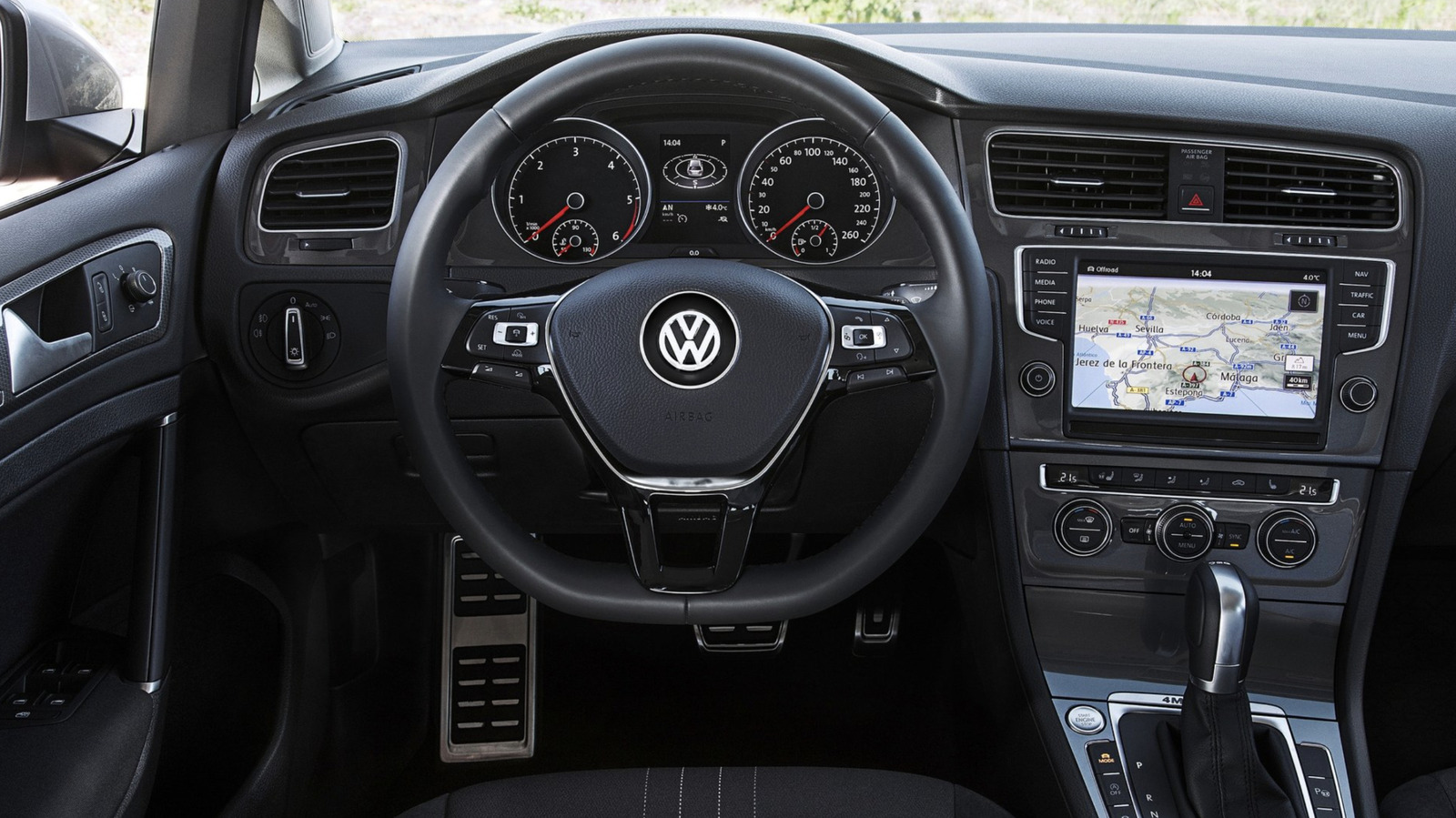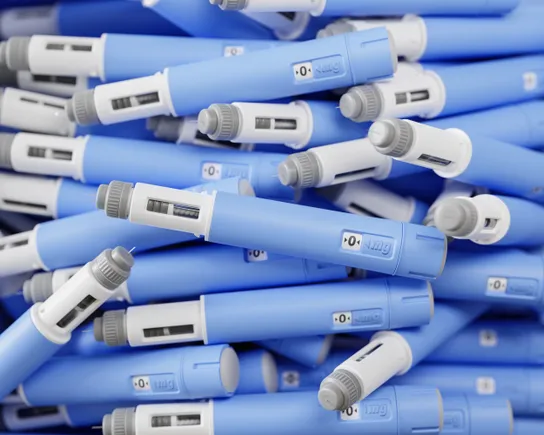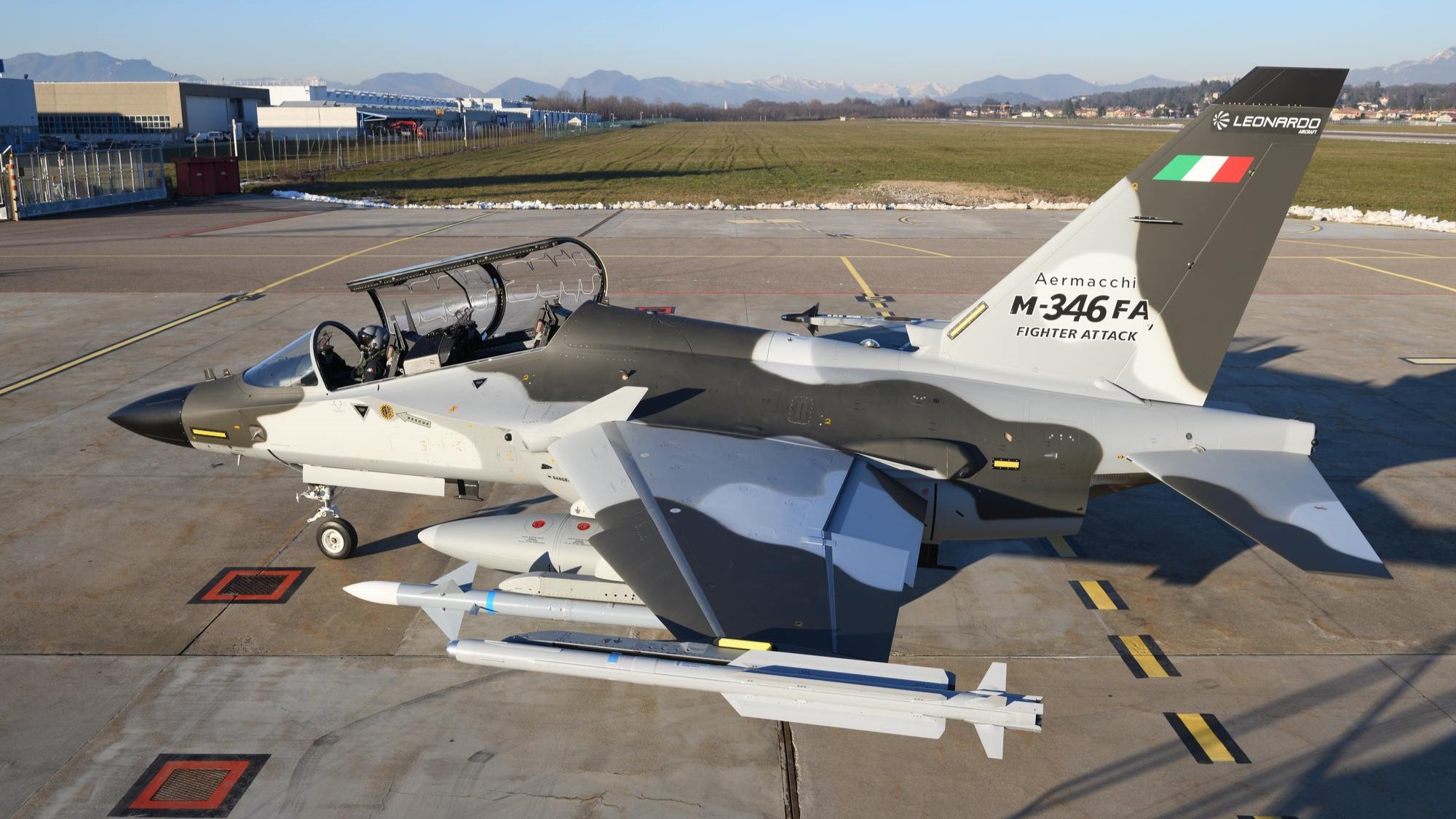Unlicensed, Unqualified and On the Road: Driver Risk Starts With Licensing
According to reports, nearly 4% of drivers on U.S. highways don’t have valid CDLs, and that’s just the tip of the iceberg. With licensing standards fractured across states and risky drivers slipping through the cracks, here is how fleets can get ahead of driver risk before it costs them a verdict, a fatality or the whole business. The post Unlicensed, Unqualified and On the Road: Driver Risk Starts With Licensing appeared first on FreightWaves.

Let’s get real for a second: Just because someone has a license doesn’t mean he or she should be driving a commercial vehicle. New posts from Adam Wingfeld in the FreightWaves Playbook report that nearly 4% of truck drivers on U.S. highways don’t have a valid CDL. That’s tens of thousands of drivers, potentially hauling 80,000-pound loads while technically not legal to operate them.
It gets worse. What license do you get before you can have a CDL? Thirteen states don’t require verifiable behind-the-wheel experience for new drivers before issuing a basic license. That means teenagers could get a regular driver’s license with zero practical training or experience, learn all the wrong habits by themselves and then apply for a CDL two years later under specific state laws. No professional background. No real driver experience. Just a piece of plastic and a promise.
The U.S. licensing system has gaps, which are where risk exists. It all starts with whom we license and put on the highway and in our equipment. States govern licensing for the most part, but I’d argue we need a more centralized, overarching standard. I get teen students wanting to be licensed regularly even though they get in the vehicle and don’t even understand how to adjust their mirrors or seats.
Qualifications Are Not a Checkbox
Most fleets think of qualifications as something you get out of the way during onboarding: Review the CDL, run a motor vehicle record (MVR), and check it again next year.
That’s not a qualification, that’s a formality. A check-the-box mindset.
If “Bobby” loses his license in February because of a child support issue or DUI, and you don’t pull another MVR until the following January, he could be running freight unlicensed for 11 months. You’ll only find out when something goes wrong, and by then, it’s too late to fix it. This is why continuous license monitoring (CLM) shouldn’t be optional, it should be a factory setting, a regulatory requirement. This is commonsense policy.
Highlights from SambaSafety’s 2025 Driver Risk Report
SambaSafety’s 2025 report pulls from over 6 billion risk events, 50 million MVRs, and 1,000-plus fleet datasets across the Federal Motor Carrier Safety Administration’s Motor Carrier Management Information System (MCMIS) and Compliance, Safety and Accountability (CSA) system. It shows a trucking industry operating blindly when it comes to driver risk.
Let’s break down the numbers and what they mean:
- 78% of risky driver behavior goes undetected without CLM.
That’s more than three-quarters of warning signs, violations, suspensions, license expirations or crashes that fleets never see coming if they rely only on annual MVRs. - 40% of all high-risk drivers had no MVR activity in the past 12 months.
MVRs alone don’t catch the most dangerous drivers because CSA and crash reports often don’t show up there. Your clean MVR driver could be a liability you haven’t discovered yet. - Fleets using CLM are seven times more likely to identify, retrain or remove high-risk drivers early.
It’s not just about catching bad drivers. It’s about keeping good ones from going sideways by intervening with data-backed coaching. - Fleets that leverage driver data saw 38% fewer violations per driver.
Data isn’t just for big carriers anymore. Fleets that connect their risk and safety programs with real-time driver monitoring saw tangible results. - Fleets that took more than 10 days to hire saw 22% higher risk post-hire.
Slow onboarding isn’t just inefficient; it’s risky. Top-tier drivers don’t sit around waiting, and drivers who do might have skeletons in their closets.
We Have a Qualification Problem
It’s not just that we don’t monitor licenses well. It’s that we give them out like candy.
In the U.S., Entry-Level Driver Training (ELDT) is a great concept, but the lack of minimum hour requirements means that, in some cases, all the classroom, behind-the-wheel and range training could be done in a single day if a school wanted to do it that way.
Compare that to Germany, where getting a commercial license involves six months of training, over 100 hours behind the wheel and classroom time rivaling college coursework.
What are we really qualifying? A license or an operator?
Fixing the Gap with Recruiting, Qualification and Licensing
That’s where systems like SambaSafety and Tenstreet shine.
SambaSafety offers continuous license monitoring that alerts you when a CDL is suspended or revoked. It also pulls in CSA data. You’ll know when one of your drivers was just written up in a roadside inspection, even if they haven’t told you yet.
Tenstreet, on the other hand, has gone from being a recruiting tool to a full-blown compliance assistant. Its latest feature, showcased at the Tenstreet User Conference in Las Vegas, is AI file reviews. AI file reviews automatically review your driver qualification files in real time to flag expired or expiring medical cards and missing documents. It also enables you to order verifications of employment from past employers so you can better grasp historical workplace performance that coincides with regulatory qualification.
Together, these systems help you recruit smarter, onboard faster and monitor continuously, so you stop hiring problems and start retaining talent.
Where Fleets Need to Act
If you want to stay off the plaintiff’s radar, improve safety and operate ethically, here’s what you need to do:
Use continuous license monitoring. Annual MVRs won’t cut it anymore.
- Add Preemployment Screening Program reports and CSA data into hiring decisions. You need more than just a license check.
- Review electronic logging device training logs and verify that real training occurred.
- Evaluate past employment not just on job title, but on performance.
- Invest in systems like Tenstreet that reduce human error.
- Track driver behavior and violations after hire. Qualification is ongoing, not a one-time deal.
It’s Time to Treat Licensing Like Risk
An MVR that looks clean doesn’t mean a driver is safe.
The FMCSA and Commercial Vehicle Safety Alliance have clarified that driver qualification and risk management are evolving. It’s time your fleet evolves as well. If we’re serious about road safety, insurance costs, litigation exposure and doing right by our drivers and the public, then licensing, monitoring and qualification must be the backbone of our operations.
The post Unlicensed, Unqualified and On the Road: Driver Risk Starts With Licensing appeared first on FreightWaves.






















































































































































